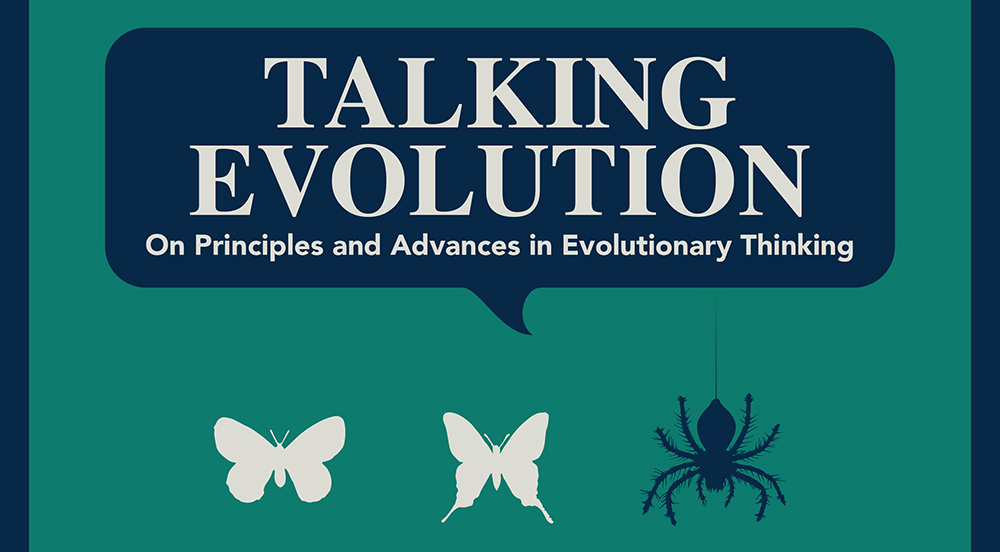Speaker
Description
Bias in how development generates a morphology can in theory constrain the independent evolution of traits sharing ontogenetic pathways, making certain evolutionary changes more likely than others. The eyespots on butterfly wings are classic examples of serially repeated pattern elements and have been a focus for evo-devo research over recent decades. Previous work on a model species of mycalesine butterfly, Bicyclus anynana, revealed how the size and colour composition of individual eyespots are modulated in development. Experimental evolution also showed that the relative size of different eyespots on a wing surface is highly flexible, but that the relative proportion of their colour rings is largely inflexible, presumably due to a shared developmental process hindering independent evolutionary changes in colour-composition. We have now surveyed the diversity in these eyespot traits across an extensive phylogeny of mycalsine butterflies. Results are largely consistent with the experimental evolution in our model species with the exception of a diverse clade on Madagascar. Eyespot colour proportions generally display similar ratios across species consistent with a major role for developmental bias in shaping evolutionary diversification of colour-composition. However, some Malagasy species have gained independent control of eyespot colour elements enabling a wider exploration of morphospace. We have investigated the formation of this novel phenotype using micro surgery to manipulate eyespot development in early pupal wings in a Malagasy species. The results show how the bias has been broken by modulating the response of different areas of wing tissue to a conserved ancestral organising signal. Our results demonstrate how developmental bias can potentially constrain the evolutionary independence of traits, but that at a macro evolutionary level such bias can be broken through innovative developmental reorganisations, with subsequent rapid change in phenotypic evolution.

